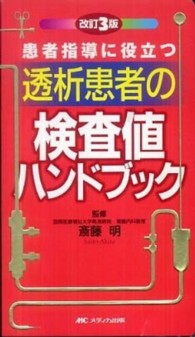Full Description
As the colonial hegemony of empire fades around the world, the role of language in ethnic conflict has become increasingly topical, as have issues concerning the right of speakers to choose and use their preferred language(s). Such rights are often asserted and defended in response to their being violated. The importance of understanding these events and issues, and their relationship to individual, ethnic, and national identity, is central to research and debate in a range of fields outside of, as well as within, linguistics. This book provides a clearly written introduction for linguists and non-specialists alike, presenting basic facts about the role of language in the formation of identity and the preservation of culture. It articulates and explores categories of conflict and language rights abuses through detailed presentation of illustrative case studies, and distills from these key cross-linguistic and cross-cultural generalizations.
Contents
Introduction; Part I. Language and the Speaker: 1. The sounds and sounds systems of language; 2. Words and word structure; 3. Grammar and the organization of words into expressions; 4. Language change and variation - languages vs. dialects; Glossary for Part I; Further readings and resources for Part I; Part II. Language in the World: 5. Language and personal identity - personal names in the world; 6. Language and cultural identity - language and thought; 7. Language and national identity; 8. The role of writing systems; 9. Framing language rights in the context of human rights; Further readings and resources for Part II; Part III. A Typology of Language Conflicts: Introduction to Part III; 10. Indigenous minorities; 11. Geopolitical minorities; 12. Minorities of migration; 13. Intra-linguistic (dialectal) minorities; 14. Competition for linguistic dominance; Further readings and resources for Part III; Part IV. Language Endangerment, Extinction, and Revival: 15. Linguistic taxonomy, ecology, and ownership; 16. Language revitalization and revival; Further readings and resources for Part IV; References; Language index; Country/territory index; General index.







